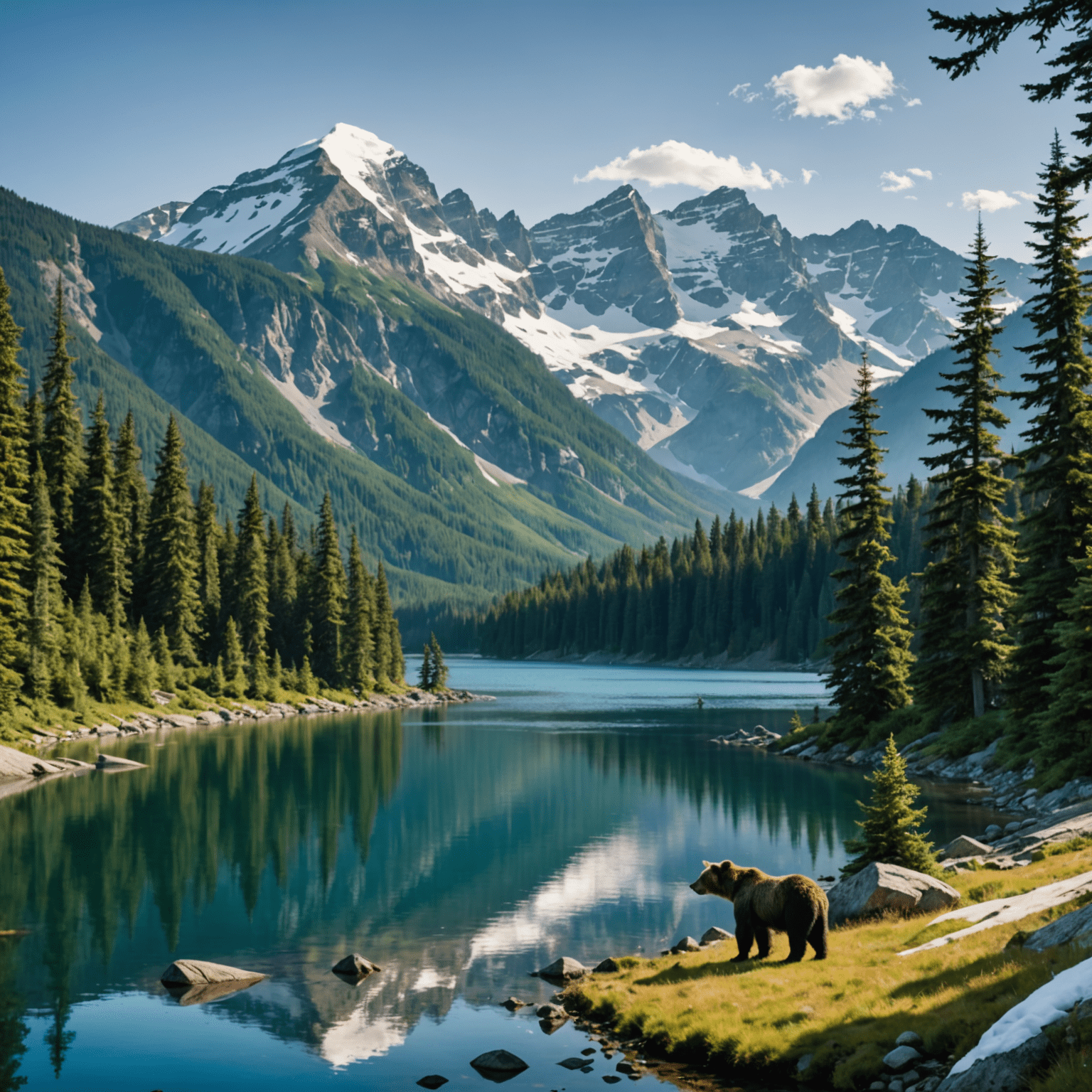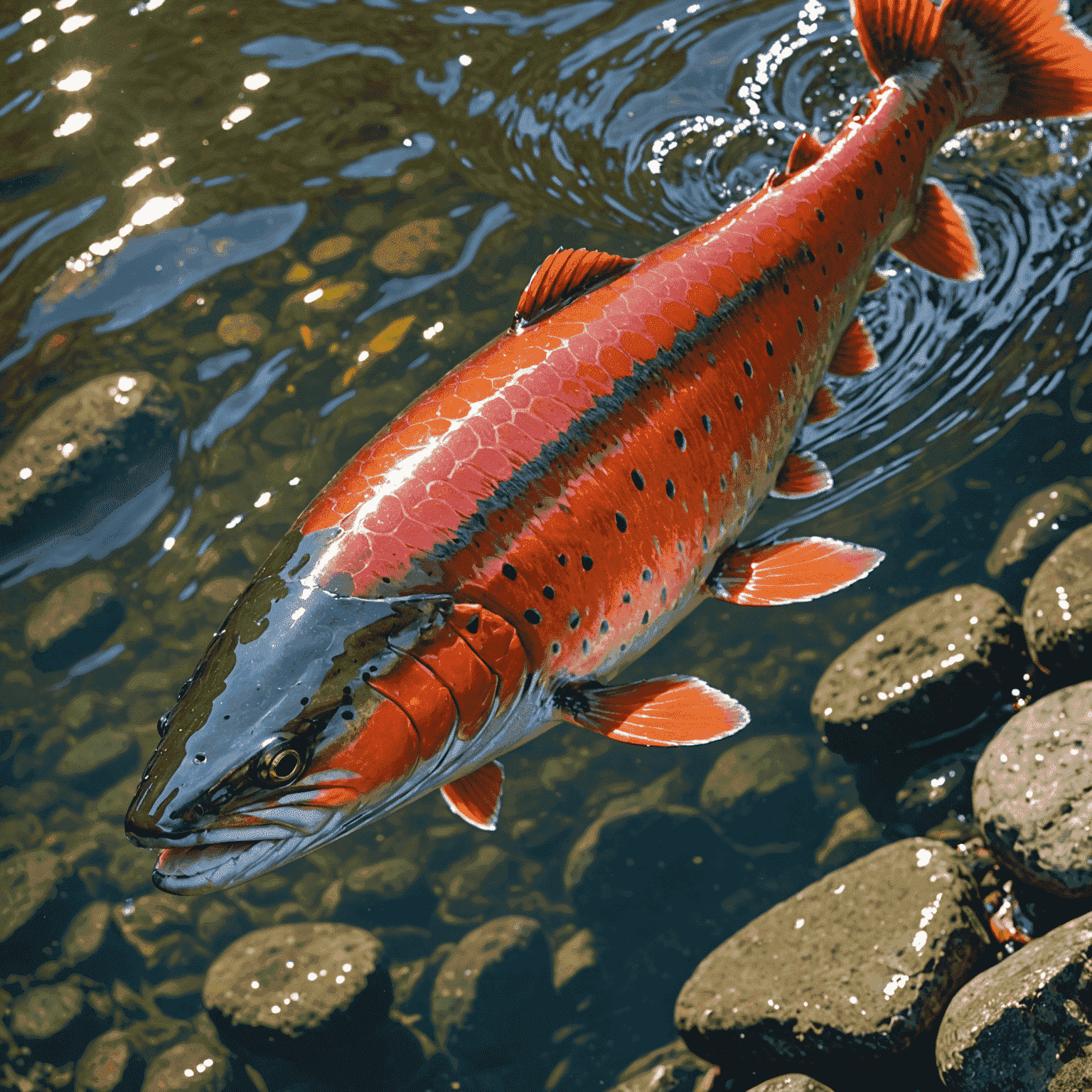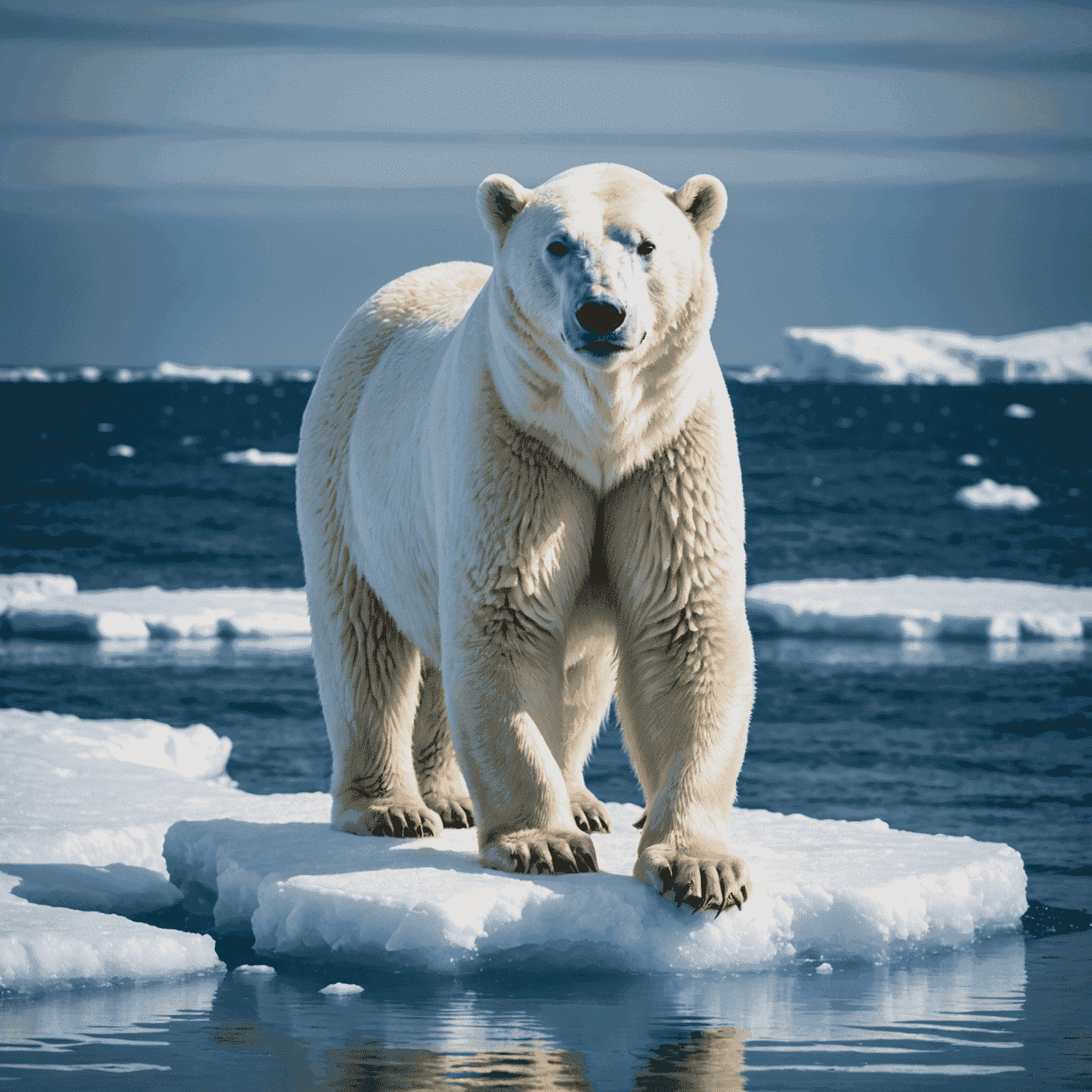Climate Change Impact on Wildlife

The effects of climate change are becoming increasingly evident across the globe, and British Columbia's rich and diverse ecosystems are no exception. This article delves into the profound impact that shifting climate patterns are having on the province's wildlife and their habitats.
Vulnerable Ecosystems in British Columbia
British Columbia boasts a variety of ecosystems, from coastal rainforests to alpine meadows. Each of these unique environments is home to a diverse array of species, many of which are now facing unprecedented challenges due to climate change. Some of the most vulnerable ecosystems include:
- Coastal marine habitats
- Old-growth forests
- Alpine and subalpine regions
- Wetlands and riparian areas
Species at Risk
Several iconic British Columbia species are facing significant threats due to climate change. These include:

Pacific Salmon
Rising water temperatures and changing river conditions are affecting spawning patterns and survival rates.

Polar Bears
Melting sea ice is reducing their hunting grounds and forcing them to spend more time on land.
Climate Change Effects on Wildlife
The impacts of climate change on wildlife are multifaceted and often interconnected. Some of the key effects include:
- Habitat loss and fragmentation: As temperatures rise, some habitats are becoming uninhabitable for certain species, forcing them to migrate or adapt.
- Changes in food availability: Shifts in plant growth patterns and insect populations are disrupting food chains.
- Altered migration patterns: Many species are adjusting their traditional migration routes and timing in response to changing seasonal patterns.
- Increased disease prevalence: Warmer temperatures are allowing some parasites and pathogens to thrive and expand their ranges.
Conservation Efforts and Climate Resilience
In the face of these challenges, conservation organizations and government agencies are working tirelessly to protect British Columbia's wildlife and enhance ecosystem resilience. Some key initiatives include:
- Creating and expanding protected areas to preserve critical habitats
- Implementing wildlife corridors to facilitate species movement and adaptation
- Restoring degraded ecosystems to improve overall environmental health
- Developing climate-smart management plans for vulnerable species
What You Can Do
While the challenges facing British Columbia's wildlife are significant, there are ways that individuals can contribute to conservation efforts:
- Support local conservation organizations through donations or volunteering
- Reduce your carbon footprint by making eco-friendly lifestyle choices
- Educate yourself and others about the impacts of climate change on wildlife
- Participate in citizen science projects to help monitor wildlife populations
By understanding the complex relationship between climate change and wildlife, we can work together to create a more resilient future for British Columbia's diverse ecosystems and the species that call them home.